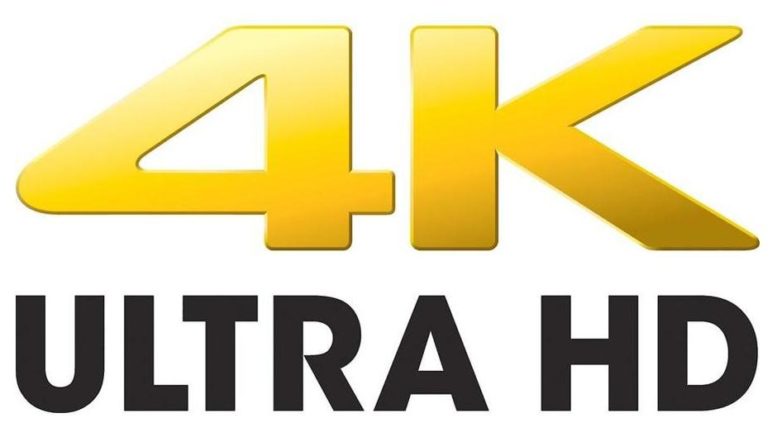To say that 4K broadcasting has had a rocky road is an understatement. Starting in 2012 with the first customer-facing products, 4K has matured slower than a cicada. Even now, nine years later, there aren’t any 4K broadcast sources. The streaming selection is pretty paltry, consisting mostly of movies. And sports? You’re lucky if you get one game a week. That’s the thing that’s the most surprising.
Sports should be made for 4K
The rise in high definition television was partially defined by sports. Sports drove the high-definition world to fracture into two camps, early on. One camp wanted the faster frame rate of 720p, while the other camp wanted the higher quality of 1080i. (Remember, 15 years ago, 1080p was pretty much impossible.) Sports drove people to buy their first HDTVs, and what programming did you use to impress your friends? Sports, of course.
So why is there so little sports programming in 4K? It doesn’t make sense. It should be a slam dunk, pun intended. Why are people not clamoring for it? There’s plenty of satellite capacity right now, probably more than there has ever been. That couldn’t be the reason. Let’s look at three possible explanations.
#1: Stadiums aren’t designed for 4K yet.
It’s easy enough to brush this one off, except there was a time that stadiums weren’t designed for HD. That change happened, why not this change?
One possible explanation here is that stadiums have been continuously upgrading. The 21st century has driven people to expect more cameras, more complexity, more graphics, and more angles. While a 1980s football game might have been captured with four or five cameras, today’s stadiums have potentially ten times that many cameras. The upgrades just keep getting more expensive. This leads us to think that 4K will happen, it just hasn’t happened yet.
#2: It’s not really about 4K. It’s about 16K.
In addition to having more cameras, those cameras have gotten much more complex. Today’s sports venues have 4K and 8K cameras already. They’re used to provide an HD picture where you can zoom in to a ridiculous degree. There are also HFR (high frame rate) cameras which capture super-smooth slow motion. In order to deliver that same sort of experience with 4K, you would need 16K cameras, the sort of which are barely available now. You would also need massive upgrades to infrastructure.
#3: Regular folks just aren’t clamoring for it.
This is the biggest problem with 4K. The problem is that people aren’t having parties where they show off the quality of their TV. Partially that’s because people have cell phones and they are a lot more focused on that. But really, the biggest problem is one I’ve said before.
Unless you have a high-end, 80″ or larger television, 4K just isn’t a “wow.” The first flat TVs, archaic as they seem now, were a huge “wow.” Remember when you saw one? Everyone said “It’s just like looking out a window.” The picture was big, bright, and wide. And yes. A 4K picture will be brighter and wider. But it isn’t so different from HD that people will applaud.
The problem is even more pronounced with mid-priced TVs. If you have a 50″ mid-priced TV, it probably does 4K HDR, but it processes every signal, both HD and 4K, so it all looks good. The TV isn’t big enough or sophisticated enough to show you the difference unless you pause and get up close. That’s how that stuff works. And people know that.
When will we see more 4K sports?
I think it will happen. If the next-generation broadcast TV standard, ATSC 3.0, gets off the ground (a big “if”), more local markets will get 4K broadcast equipment and that will make it easier to distribute 4K. TVs are just getting cheaper and there’s still a big market for them. It’s different from the market 20 years ago, but it’s still big.
So I think eventually we will see more sports in 4K. If I had to guess, though, it will be five years or more before it’s really common. That’s not great news, but it’s something to look forward to.





